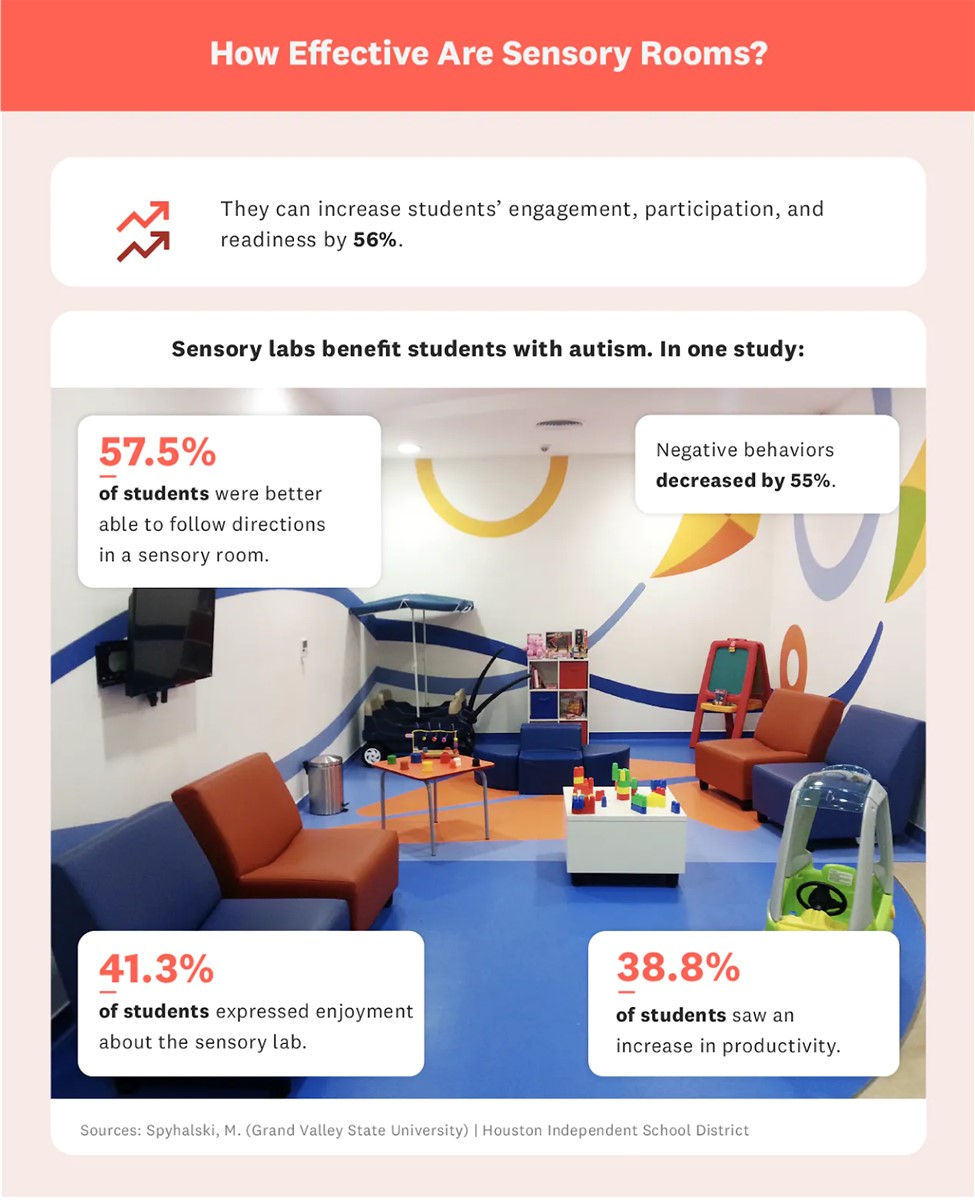Ways to Jump-start Your Child's Development
- Susan Donohoe

- Dec 5, 2019
- 4 min read
Updated: Jul 14
Enriching a child’s life is an ongoing process, but to help prepare a little bundle of joy for life-long success, we would like to focus on the early developmental stages of their life. Not to say that the months before delivery shy in importance – maximizing a mother’s good health prior to birth helps place a child in the best standing for life outside the womb.
When born, a baby’s brain holds 100 billion neurons, cells that aid in biological communication from the brain to the rest of the body. They function on a “use it or lose it” basis: when neurons fail to be physically, emotionally, sensorially, or in any way stimulated, neurons fail to pass information through synapses to one another, causing them to diminish and disappear. To best prepare a child to learn, a parent should implement stimuli in early stages to ensure neurological strength.

Regardless of the activity, parents must commit their full attention and support behind the learning, growth, and development of their child. Ensuring developmental growth is no walk in the park, and learning about the different options for a child can help them not only grow mentally, but also highlight interests that could flourish throughout life. And like everything in life, each child and their preferences vary, so being aware of positive and negative reactions to their experiences may provide a wealth of information and benefit their development.
Despite varying family structure, parents today are at the benefit of seemingly endless digital resources to aid in their new career as a parent. Parenting is not the final exam: it’s not cheating to consult with other parents or professionals on what is best for a child. To avoid possible health risks further along in life, parents should consult with others to ensure that basic health recommendations are at least considered.
Everyone has some sort of daily routine, and as a parent, being as hands-on with a child throughout the day will help young babies develop more effectively. For example: responding to a child’s audible sounds in ways that mimic conversation help them begin to understand the passing of information from one person to the next. In addition, massaging your child (as long as not medically discouraged) from their toes to their neck throughout their typical routine. This attentiveness helps promote happier babies and children by decreasing stress and improving energy, concentration, socialization, and sleep.
Not sure where to begin? There are various methods that can help a child to mentally develop at early stages of life, even if you might not realize it. Having a child participate in music and sensory enriched classes helps in a variety of development categories. Fostering a pattern of experiential exploration together will allow for a child to learn to trust and therefore turn to a trusted figure in times of confusion. These activities also commonly include active elements, which will help children begin cognitive, social, behavioral, as well as muscular growth and motor skills crucial throughout life. Seemingly silly bouncing along to a children’s song helps to develop both emotional bonds as well as physical patterns of growth, those that lead to success further along in life.
What toys and other educational items should be kept in the home? It’s best to begin with a good assortment. To start, books with a visual focus are a must. Moving through a picture book with a child can help them make connections from, flat, visual representations to things in the real world. Parents know that a fish on a page represents a real-life fish; to help a child realize this too, parents should vocalize the sounds a fish makes, the species name, etc.
The same exploration through a book should carry over to other fun stimuli. Parents should consider multi-sensory unique toys for their children to play with, as they help develop imagination and acceptance of new experiences. In addition to this, when a child responds positively towards a toy, an activity, etc., parents should mimic these responses to help incentivize these actions, helping to increase brain development towards attention and memory. Parents that help their children associate happiness with exploration help to develop connections between themselves and their children, which foster patterns of emotional assistance-seeking later on in life.

Making sure to utilize critical periods of your child’s development provide the most amount of sensory absorption. Be sure to give all their senses attention, and in as large of a variety as possible – there is not a limit to how much you should expose your child to. Provide opportunities throughout their day to explore different positions, (tummy, back, hands and knees, knees, upside down, on feet, sitting, etc). Also opportunities to explore different textures against their skin from head to toe, different sounds, smells, cognitive opportunities, etc. Above all else, make sure everything is mouth safe.
For parents that are looking to create more outside-the-home opportunities of growth and social interaction for their children, activities like music classes can help to reinforce everything taught in the home. This brings up one of the most important takeaways: this learning is a constant process, not one that can be tapped into when a parent has time, then clocked out of. To ensure the most growth for a child, these tricks and tips should be integrated into every part of daily life. Not all work for every child, so be sure to work with your child and really highlight what they prefer to experience, because then will they experience the best development.
Products You May Like:



